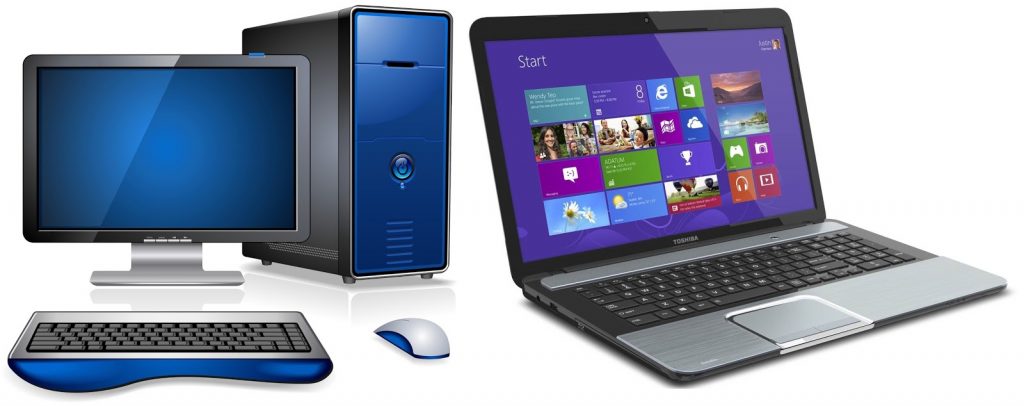Definition of Computer: Computer is an electronic device that has the ability to accept data and store them, then process them to return a meaningful result through output device. First Electronic or Digital Computer is ENIAC (Electronic Numerical Integrator And Computer) invented by Charles Babbage in 1946.
Basic Parts of Computer: The following basic devices of Computer:-
Monitor

Keyboard
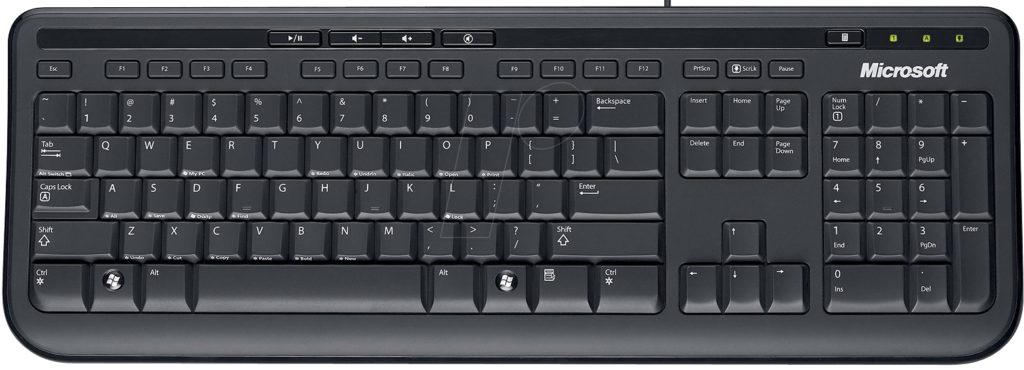
Mouse

CPU & CPU Cabinet
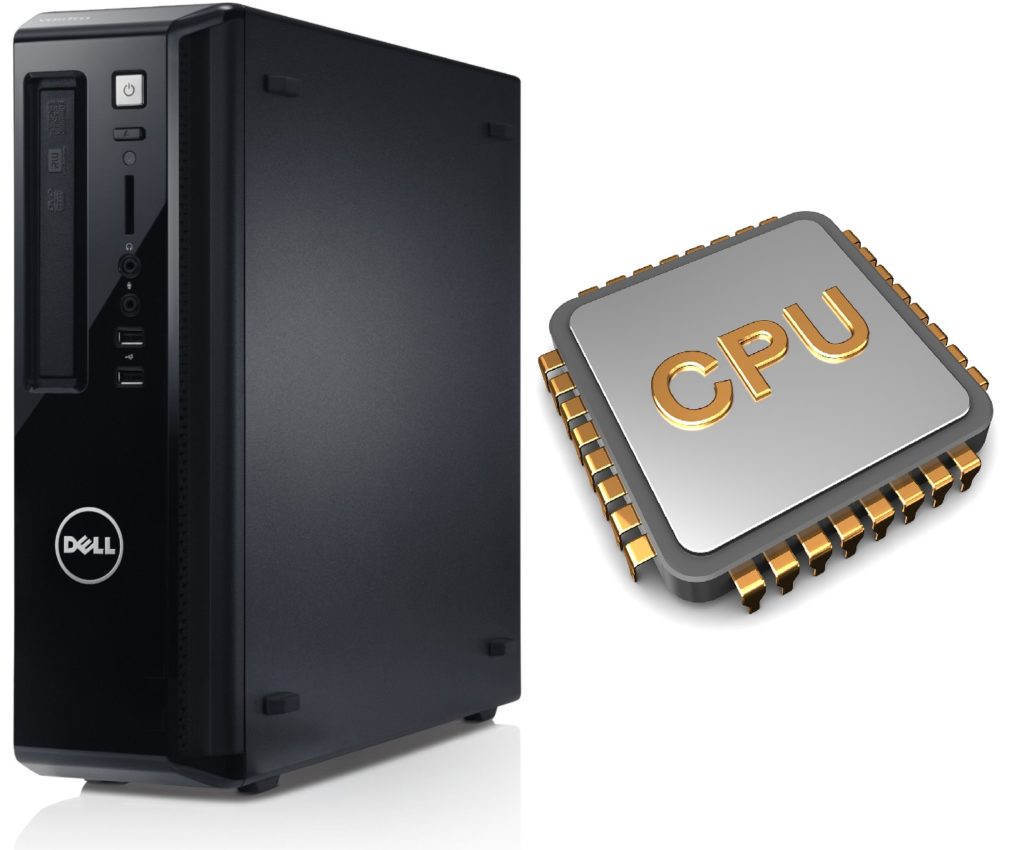
UPS
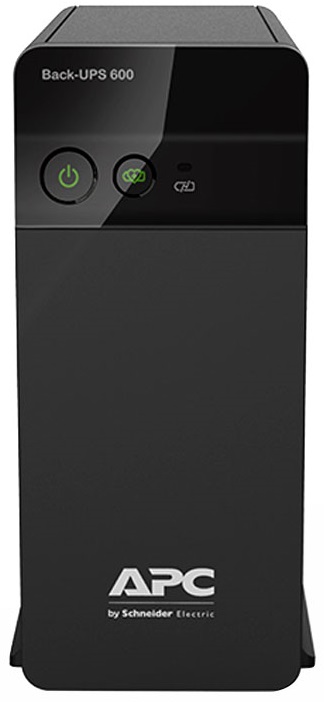
Speaker
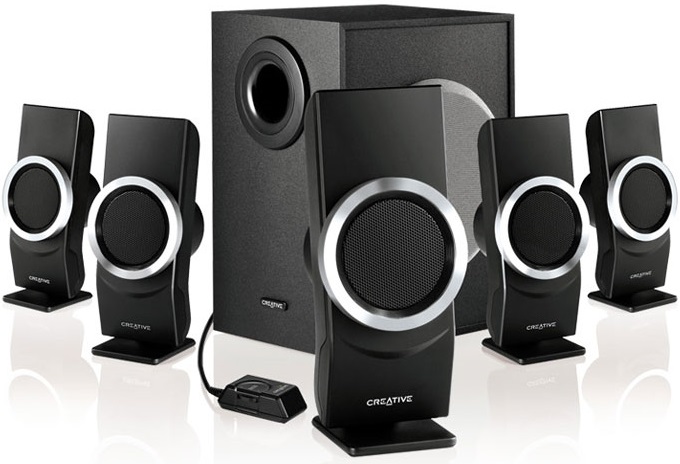
Scanner
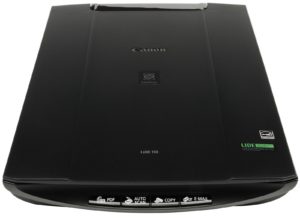
Printer

Microphone

Webcam
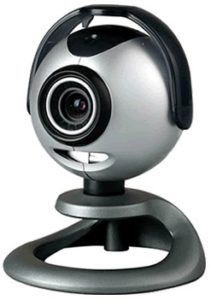
Projector & Screen
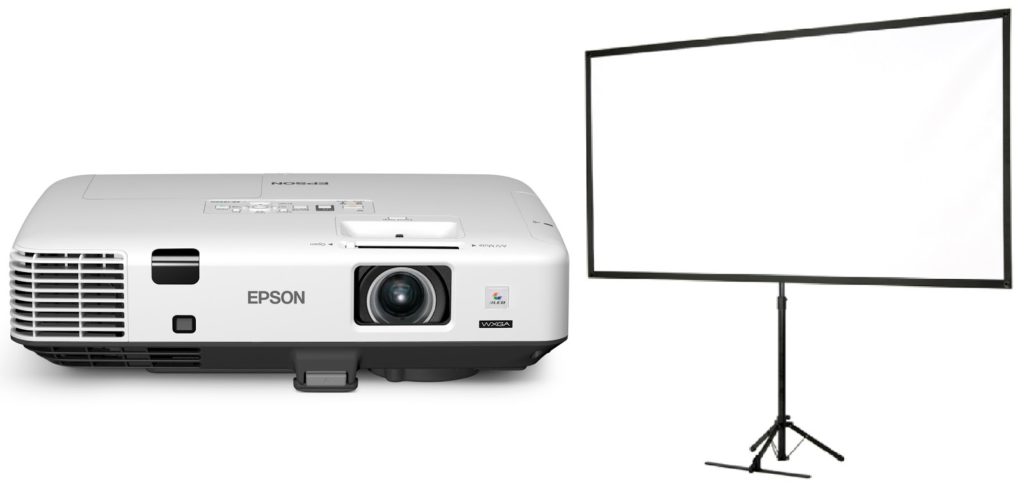
Joystick
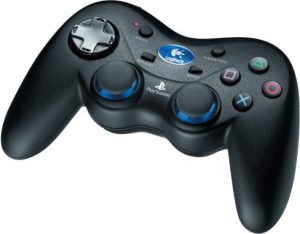
Headphone
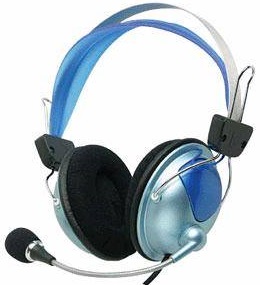
Evolution of Computer: Computer evolution means the generation which is combination of hardware and software of computer.
The first generation (1951-1958) of computer was market by the use of vacuum tubes and computer of this generation ENIAC in 1946. Then second generation (1959-1964) of computer use transistor in place of vacuum tubes. In third generation (1965-1970) this transistor replaced with Integrated Circuit (IC) which one of them contained thousand of transistors. This device continues use in fourth generation (1971-Present). It helps to develop computer much better to go fifth generation, which computers are based on VVLSI (Very Very Large Scale Integration) technology.
Advantage of Computer:
1. Speed (Pico Second
10-12 or 1/1000000000000)
2. Accuracy (সঠিকতা)
3. Diligence (অধ্যবসায়)
4. Versatility (বহুমুখতা)
5. Power of Remember (মনে রাখার ক্ষমতা)
6. Reliability (বিশ্বাসযোগ্যতা)
7. Automation (স্বয়ংক্রিয়তা)
Disadvantage of Computer:
1. Lack of
intelligence (বুদ্ধিমত্তার অভাব)
2. Need to learn special language (বিশেষ ভাষা শিখতে হবে)
3. Need of environment (পরিবেশের প্রয়োজন)
System Unit (Functioning of Devices)
Hardware & Software of Computer:Hardware & Software of Computer: The physical component of a computer is the Hardware and Software is a set of programmed to do a job using the hardware.
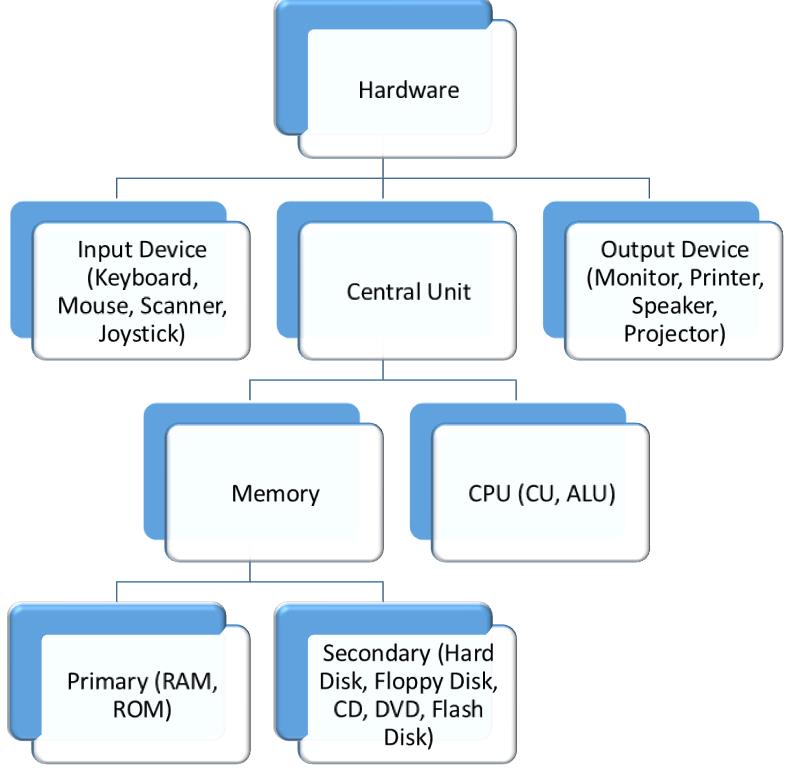

Elements of Computer: There are five basic elements of computer are as follow-
1. Inputting: The
process by which data and instruction entered into the computer system.
2. Storage: The process by which data and instruction saved into the computer
system.
3. Processing: The process by which data and instruction process inside the
computer system.
4. Outputting: The process by which useful information generated inside the
computer system it’s called output.
5. Controlling/Timing: The process by which all the above operation performed
in proper sequence and timing.
Types of Computer: There are three types of computer.
- Analog Computer
- Digital Computer
- Micro Computer
- Mini Computer
- Mainframe Computer
- Super Computer
- Hybrid Computer
Central Processing Unit:The Central Processing Unit (CPU) is the brain of any computer system. It has two parts Control Unit (CU) and Arithmetic Logic Unit (ALU). In a human body all major decision are taken by the brain, as a same thing in a computer system all calculation and decision are took place by the ALU and it performed by CU.
Control Unit: The Control Unit (CU) acts as the Central Nervous System for the others components of any computer system. It monitors the flow of data in one part to another.
Arithmetic Logic Unit: The Arithmetical and logical operation are took place in this section. All calculations are performed and all comparisons are made in this section.
Random Access Memory: The Random Access Memory (RAM) is a primary memory, which is made by Integrated Circuit (IC). It is called Volatile Memory because after switch off the computer all information lost from RAM memory.
Read Only Memory: The Read Only Memory (ROM) is a primary memory which is made by Integrated Circuit (IC). It is a Non-Volatile Memory because it holds information permanently.
*Note: IC is a made by silicon material, sometimes called silicon chip.
Difference Between RAM & ROM:

Operating System: An operating system is a set of routines and programs that is used to manage the various resources and overall operations of a computer system. Operating system acts as an interface between the user and the system.
Linux is a Multi User Operating System, which support both the interface CUI & GUI as user choice.
Difference Between CUI & GUI:
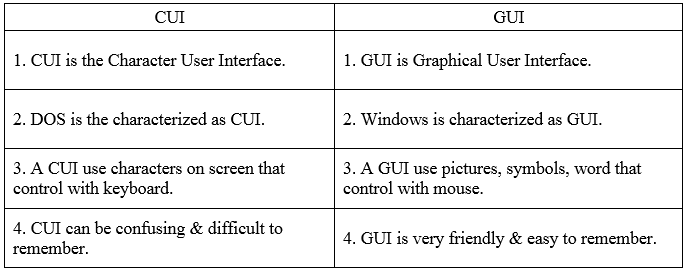
Device of Computer: There are some devices which connected with each others are as follow-
1. Input Device: The device by which data and instruction entered into the computer system. Example: Keyboard, Mouse, Joystick, Lightpen, Scanner- Optical Mark Readers (OMR), Optical Character Readers (OCR), Bar Code Readers (BCR), Magnetic Ink Character Recognition (MICR).
2. Storage Device: The device by which data and instruction saved into the computer system. Example: Floppy Disk, Hard Disk, Compact Disk (CD), Digital Versatile / Video Disk (DVD), Flash Disk.
3. Processing Device: The Device by which data and instruction process inside the computer system. Example: CPU.
4. Output Device: The device by which useful information generated inside the computer system it’s called output. Example: Speaker, Projector, Printer, Monitor / Visual Display Unit (VDU)- Cathode Ray Tube (CRT), Thin Film Transistor (TFT), Liquid Crystal Display (LCD), Light Emitting Diode (LED).
Universal Serial Bus(USB): USB defines calls of hardware that makes it easy to add serial device to computer. User can also add or remove the device without turning off the computer.
Floppy Disk: The Floppy Disk is a storage device. It is not fitted permanently inside the computer. It’s storage capacity is quite less as compared to the Hard Disk. The size of floppy disk(1.44 MB) more popular today is 3 ½”.
Printer: The Printer is a output device which print form, images on paper. There are three types of printer are available in the market. They are: 1) Dot Matrix Printer, 2) Inkjet Printer, 3) Laser Printer.
Inkjet Printer: Inkjet Printer print form, Images or Characters with small dots which are formed by tiny droplets of ink.
ASCII: The American Standard Code for Information Interchange (ASCII) was developed to standardize codes of various data processing equipment. There are two types of code 7-Bit and 8-Bit. An 8-Bit version of ASCII represents 256 characters (0 to 255) in personal computer.
Byte: The Microchip use two types of voltage i.e. 5 volts & 0 volts. 5 volts represents binary 1 & 0 volts represent binary 0 are known as BIT. 8 BIT makes a BYTE, which is the unit of memory capacity. The capacity of storage device is calculated in following manner.
4 Bit = 1 Nibble
8 Bit = 2 Nibble / 1 Byte
1024 Byte = 1 Kilobyte (KB)
1024 Kilobyte = 1 Megabyte (MB)
1024 Megabyte = 1 Gigabyte (GB)
1024 Gigabyte = 1 Terabyte (TB)
1024 Terabyte = 1 Petabyte (PB)
1024 Petabyte = 1 Exabyte (EB)
1024 Exabyte = 1 Zettabyte (ZB)
1024 Zettabyte = 1 Yottabyte (YB)
Binary Logic gate: Electronic digital circuit are also called logic circuit that perform the logic operation of AND, OR and NOT are called “GATES”. They are blocks of hardware that produce a logical 1 or logical 0 output signal if input requirements are satisfied.
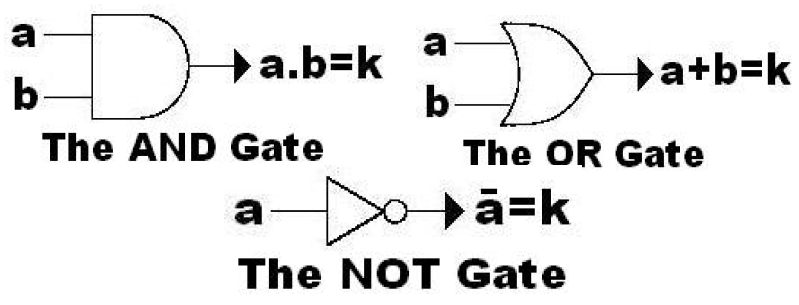
Truth Table: A truth table is a mathematical table used to compute the functional values of logical expressions on each of their functional arguments.



Number System: There are some number in logical operations are as follow:-

Series of different Number System
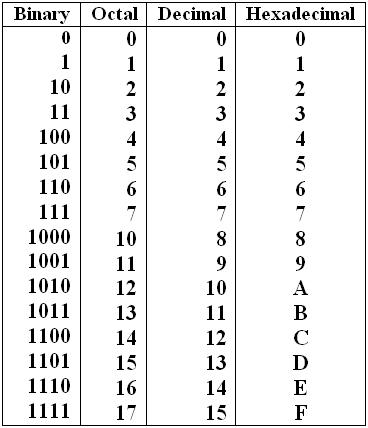
Booting: Checking all input, output devices and create an environments, which provides by the operating system. The process of loading operating system from secondary storage (Hard Disk) to primary storage (RAM) is called booting.
File: The organized data where we can store text or graphics called File.
Directory: The organizational tool that allow user to create group related file called Directory.
Difference Between File & Directory:
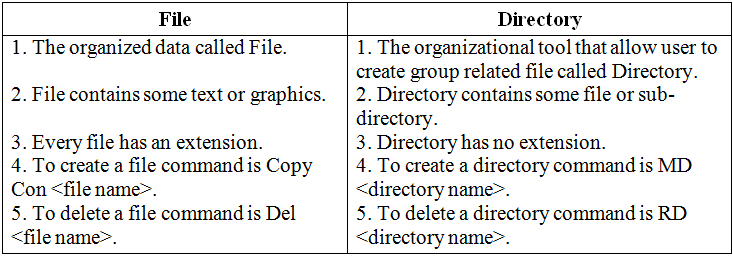
Shortcut: Shortcut is a convenient way to get all the things (document, application, folders, printer etc) on computer. They are mostly to be placed on desktop.
Wallpaper: Wallpaper is a picture or image on desktop background.
Screensaver: A screensaver is a moving picture or pattern that appears on computer screen when user have not used the mouse or keyboard for a specified period of time. Screen saver help to setup a computer automatically turns off.
My Computer: My computer is a system folder which holds all the thing of computer includes drives and special folders.
My Document: My document is a desktop folder that provide user with a convenient place to store document, graphics, files etc.
Recycle Bin: Recycle bin is the storage location of deleted files or folders. It is actually a folder; where we can get the deleted objects back to their original location. But once they are deleted from recycle bin, they vanished forever.
Disk Operating System: The DOS is a single user Character User Interface (CUI) Operating System. It is a Command based Operating System. There are two types of Commands are follows:-
1. Internal Command: These commands are always available in the internal memory (RAM). Example: DATE, TIME, VOL, VER etc.
2. External Command: These commands are stored on the disk (Hard Disk) and get loaded into memory (RAM) whenever required. Example: EDIT, LABLE etc.
Difference Between Internal & External Command:
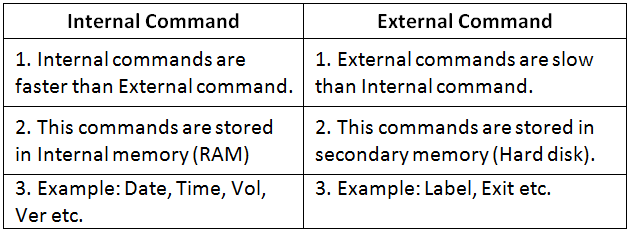
Batch File: A Batch file is an ASCII text file containing a list of DOS commands. User can execute the DOS commands, which contain in the batch file by using the batch file name only. The extension of batch file is “.BAT”. The syntax is as follows: COPY CON .BAT [ENTER]
For example:
COPY CON USER.BAT [ENTER]
Date [ENTER]
Time [ENTER]
Vol [ENTER]
Ver [ENTER]
Dir [ENTER]
Pause [ENTER]
Cls [ENTER]
F6 [ENTER]
Mathematical solution of Logic operations: The logical calculation and operations are as follow:-
1. (Binary)2—(Decimal)10
List of Bar
- Task Bar → Bottom Of Window
- Title Bar → Top Of Window (Minimize, Restore Down/Maximize, Close)
- Ribbon Menu Bar → Bottom Of Title Bar (Home, Insert, View..)
- Quick Access Tool Bar/Option Bar → Top of the Ribbon Menu Bar (New, Open, Save, Undo…..)
- Formatting Tool Bar → Bottom Of Option Bar (Font, Font Size, Bold Italic….)
- Ruler Bar → Bottom Of Formatting Tool Bar.
- I → Curser
- Status Bar → Top Of Task Bar
